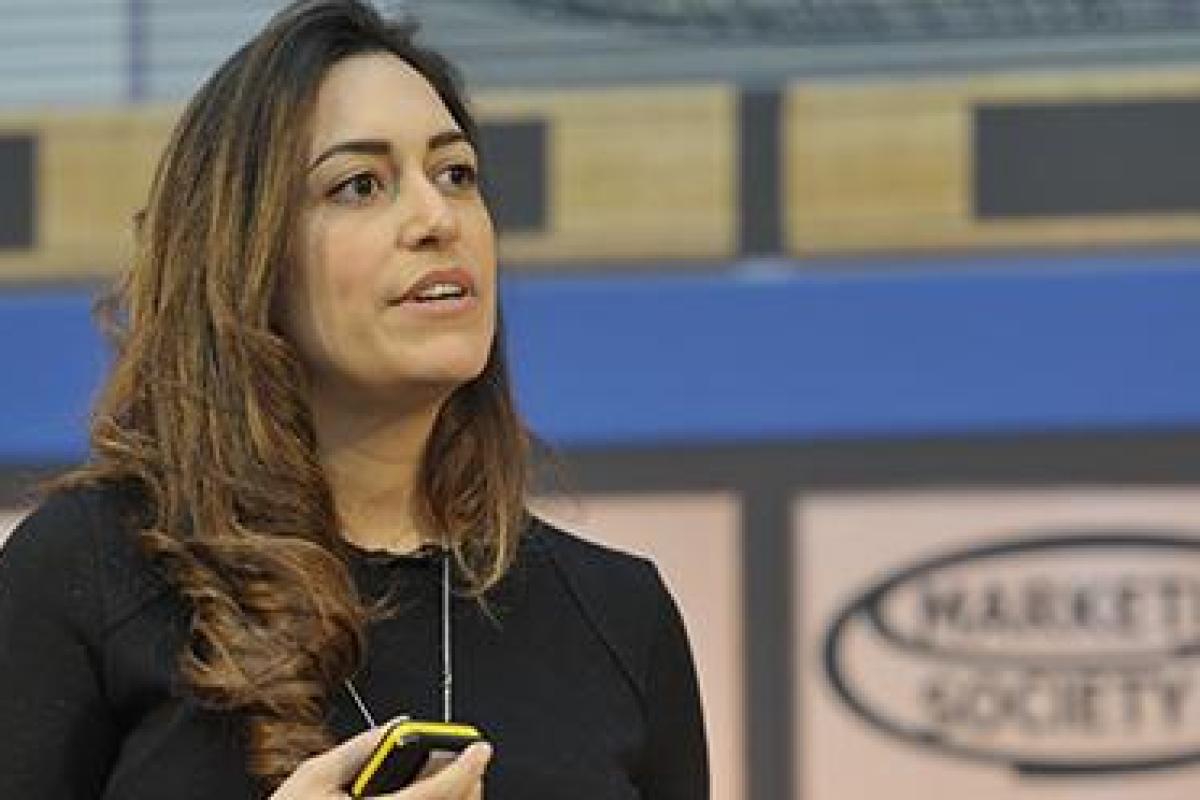If, like me, you’ve joined the conversation on 3D printing slightly late, then you too would have listened in awe as Lisa Harouni-Boyan from Digital Forming brought the wonders this revolutionary production process to life at the Marketing Society conference last month. Sure, I’d seen 3D printed shoes appearing on the pages of Grazia, even “mini me” replica dolls on a friend’s wedding cake made, of all places, in the local Asda store. Seriously? Frankly at the time I chose to ignore my curiosity as it felt like a bit of an expensive fad. It turns out I couldn’t be more wrong.
3D printing is on the rise. And it’s very much here to stay. It’s easy to see why.
The benefits really outweigh the negatives. There’s no need for moulds, or chemicals anything can be created out of literally any material that can be melted. It's then re-created layer by layer according to the virtual data inputted into the machine. Designers, artists, engineers, coders are embracing this new freedom of creation, experimenting with the possibilities that 3D printing offers and innovating in the process. From meticulous craftsmanship in design of inspiring sculptures made out of sandstone, to precision engineered cooling channels for cars which had to be made by hand before.
Products can be manufactured to order. Lending itself perfectly to the growing demand for customisation across all categories. And of course goods leave the printer fully assembled. So no need for lengthy production or assembly lines, or huge stock piles in stored in massive warehouses. The whole process is fast, less cumbersome and cost effective. Not surprisingly the growth projections would impress any senior board.
3D printing is set to revolutionise not just manufacturing but product design as we know it. I’m sold.
So what are the implications for brand owners?
It's yet another wakeup call to answer people’s growing need for greater creativity, choice and control to shape products to fit their needs. Brands that embrace this need for customisation wrapped up in an inspiring experience will leave people wanting for more.
Experimentation is key too, collaborating with designers to stretch the creative possibilities; engineers to innovate and manufacturers on new materials to bring them to life.
Keeping relevant is important when faced with this seemingly endless list of possibilities and tap into what’s culturally relevant as well as pragmatically achievable for the brand.
Asda is already leading the march. Where’s the rest?
I’m off to make my mini-me Star Trek doll.
Kate is marketing director of Added Value. Read more from them in our Clubhouse.
